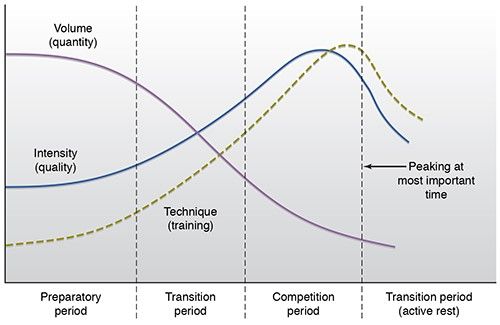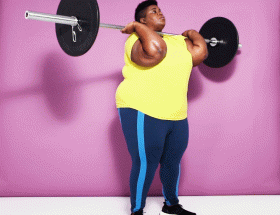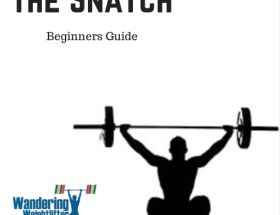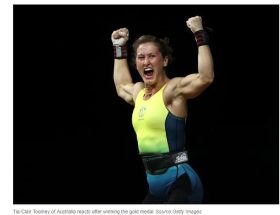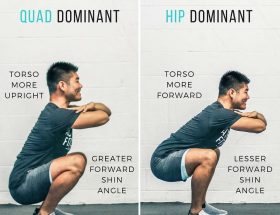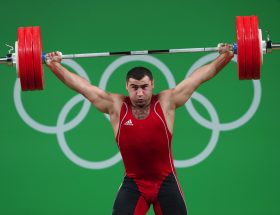Periodization is a training method used by athletes in various sports to optimize their performance by dividing their training into specific phases or periods. This approach allows athletes to peak at the right time and avoid overtraining or burnout. When it comes to Olympic weightlifting, periodization is crucial for achieving maximum strength, power, and technique. In this article, we will delve into the concept of periodization for Olympic weightlifting.
What is Periodization?
Periodization involves organizing training into distinct phases, each with specific objectives. These phases are typically divided into macrocycles, mesocycles, and microcycles.
Macrocycle: This represents the overall training plan, usually spanning a year or more. It includes all the mesocycles and aims to achieve the athlete’s long-term goals.
Mesocycle: A mesocycle usually lasts between 4 to 6 weeks and focuses on specific training goals. There are several types of mesocycles, including preparation, competition, and transition.
Microcycle: The shortest training phase, typically lasting a week or two. It outlines the daily or weekly training plan with specific exercises, sets, and repetitions.
The Phases of Olympic Weightlifting Periodization
Preparatory Phase
The preparatory phase is the foundation of a weightlifter’s training plan. It aims to build general strength, address weaknesses, and develop proper lifting technique. During this phase, athletes focus on exercises that target multiple muscle groups and emphasize developing muscular endurance. Squats, deadlifts, lunges, and overhead presses are examples of exercises commonly included in the preparatory phase.
In terms of periodization, the preparatory phase encompasses the initial mesocycles of the macrocycle, where the focus is on general physical preparation (GPP). GPP involves increasing work capacity, strength, and addressing mobility and stability issues. As the preparatory phase progresses, athletes gradually shift their emphasis from GPP to more specific exercises and skill development.
Competition Phase
Once an athlete has laid a solid foundation in strength and technique, they move on to the competition phase. This phase is where they focus on enhancing their explosive power and sport-specific skills. Weightlifting movements such as the snatch and clean and jerk take center stage during this phase.
The competition phase is characterized by higher-intensity training, heavier loads, and lower repetitions. Athletes work on refining their technique, increasing maximal strength, and perfecting their lifting speed and precision. The mesocycles in this phase are shorter and more intense to simulate competition conditions.
Transition Phase
The transition phase serves as a recovery period following intense training and competition. It allows athletes to recharge mentally and physically while maintaining a certain level of fitness. The transition phase is essential to prevent burnout and overtraining.
Athletes during the transition phase focus on lighter, less intense training and engage in activities that promote active recovery, such as yoga, swimming, or light cardio. This phase provides athletes with the opportunity to address any lingering muscular imbalances or mobility issues.
The Benefits of Periodization for Olympic Weightlifting
Optimal Strength Development
By using a periodized training approach, weightlifters can systematically increase their strength throughout the training cycle. The preparatory phase allows athletes to build a solid foundation of strength, while the competition phase focuses on peaking strength levels. This gradual progression helps prevent plateaus and maximize strength gains.
Technique Refinement
Periodization allows weightlifters to dedicate specific training blocks to improving their technique. By breaking down the lifts into different components and addressing weaknesses, athletes can refine their movement patterns, improve their efficiency, and reduce the risk of injury.
Injury Prevention
The variation in training intensity, volume, and exercises within each phase of periodization helps prevent overuse injuries. By incorporating lighter recovery periods and deloading weeks, athletes give their bodies time to recover and adapt to the demands of training, reducing the risk of overtraining and burnout.
Peak Performance
With proper periodization, weightlifters can peak their performance at the desired time, such as during competition or important events. The structured approach ensures that athletes are at their optimal physical and mental state to perform their best when it matters the most.
Implementing Periodization in Weightlifting
To apply periodization in weightlifting effectively, it is advisable to work with a qualified coach or strength and conditioning specialist who understands the unique demands of Olympic weightlifting. They can create a customized training program that aligns with an athlete’s goals, abilities, and competition schedule.
Additionally, tracking progress, listening to your body, and adapting the program as needed are crucial aspects of implementing periodization successfully. As an athlete, consistent communication with your coach and identifying areas of improvement is vital for long-term progress.
Conclusion
Periodization is a fundamental training method used by weightlifters to optimize their performance and achieve their goals in Olympic weightlifting. By breaking down their training into distinct phases and focusing on different objectives, weightlifters can progressively build strength, improve technique, and peak at the right time. Whether you are a beginner or an elite weightlifter, incorporating periodization in your training can help you reach new heights in your athletic journey.
